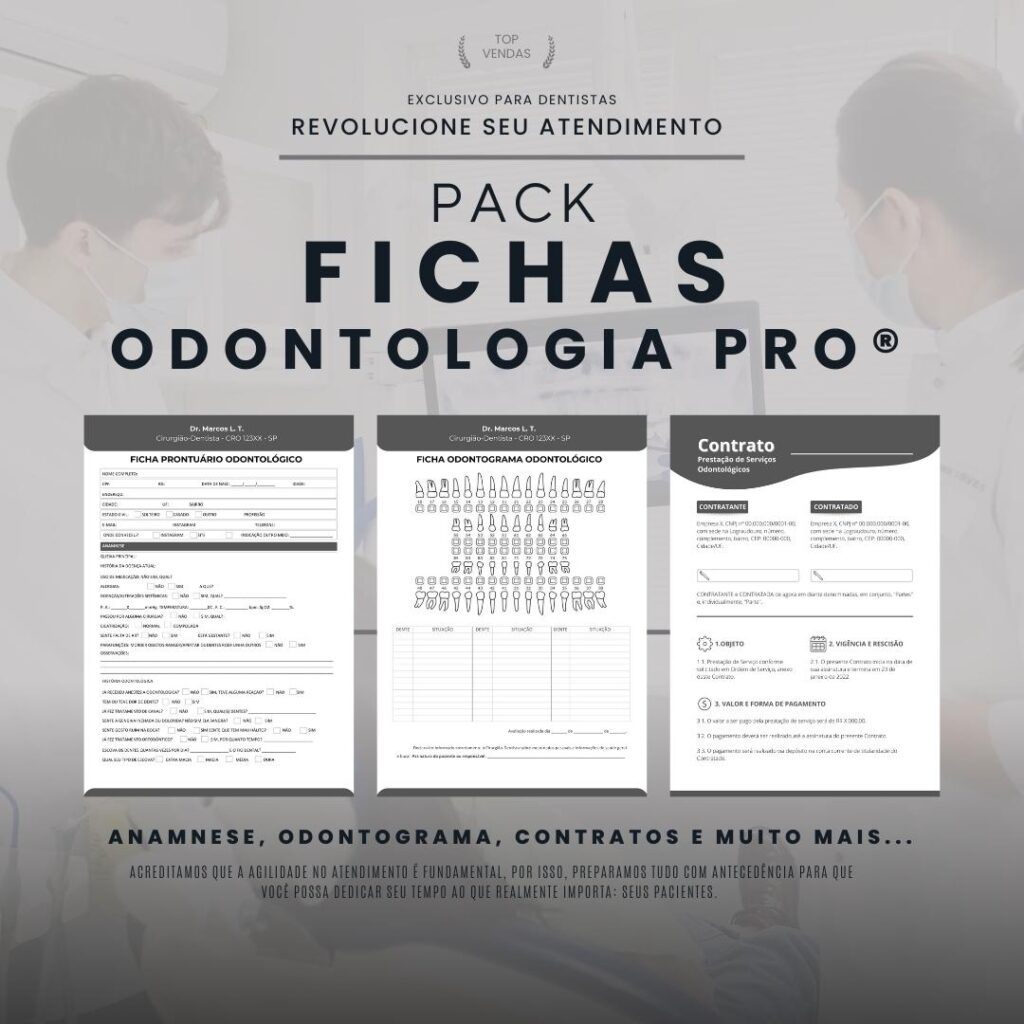What is Electroerosion?
Electrical discharge machining (EDM), also known as electrical discharge machining, is a manufacturing process used to shape and machine electrically conductive materials. This technique uses controlled electrical discharges to remove material from a workpiece, resulting in complex and precise shapes.
Operating principle of electrical discharge machining
Electrical discharge machining is based on the principle that when an electric current passes through a conductive material, the erosion process occurs. In this process, small electrical discharges are generated between an electrode and the workpiece to be machined, removing particles from the material. These particles are then carried away by the electric current and dissolved in a dielectric fluid.
Types of electrical discharge machining
There are two main types of EDM: die-sink EDM and wire EDM.
Die-sinking electrical discharge machining is used to machine hard and resistant materials, such as hardened steels and refractory metals. In this process, a specifically shaped electrode is positioned close to the workpiece to be machined. Electric current is applied and small electrical discharges occur, removing material from the workpiece.
Wire EDM, in turn, is used to precisely cut conductive materials, such as metals and alloys. In this process, a brass or copper wire is used as an electrode. Electric current passes through the wire, generating electrical discharges that cut the material.
Advantages of EDM
Electroerosion has several advantages over other conventional machining processes. Some of the main advantages are:
– Ability to machine hard and resistant materials that would be difficult to machine using other methods;
– Possibility of machining complex shapes and precise details;
– Low risk of damaging the part during the process;
– Less physical effort required for machining;
– Possibility of machining materials with high hardness and high melting temperatures;
– Shorter machining time compared to other conventional methods.
Applications of electrical discharge machining
Electroerosion is widely used in various sectors of industry due to its characteristics and advantages. Some of the main applications of electroerosion are:
– Manufacture of molds and matrices for the plastics and metallurgical industries;
– Machining of parts for the aerospace and automotive industries;
– Manufacture of cutting and stamping tools;
– Production of parts for the medical and dental industry;
– Manufacture of electronic and microelectronic components.
Care and considerations in electroerosion
Despite its advantages, electroerosion also presents some precautions and considerations that must be taken into account during the process. Some of the main ones are:
– The choice of electrode material is essential to ensure machining efficiency and quality;
– Control of machining parameters, such as electrical current and material removal speed, is essential to obtain accurate results;
– Choosing the right dielectric fluid is also important to ensure the efficiency and quality of the process;
– Regular maintenance of equipment and electrodes is necessary to ensure the durability and efficiency of the process;
– Operator safety must always be prioritized, since electrical erosion involves the use of electric currents and electric discharges.
Conclusion
EDM is a powerful and versatile machining technique capable of shaping and machining electrically conductive materials with precision and efficiency. Its operating principle, based on controlled electrical discharges, allows the machining of complex shapes and precise details, making it a widely used option in various industrial sectors. However, it is important to take the necessary precautions and considerations into account to ensure the efficiency and quality of the process, as well as the safety of the operators.

